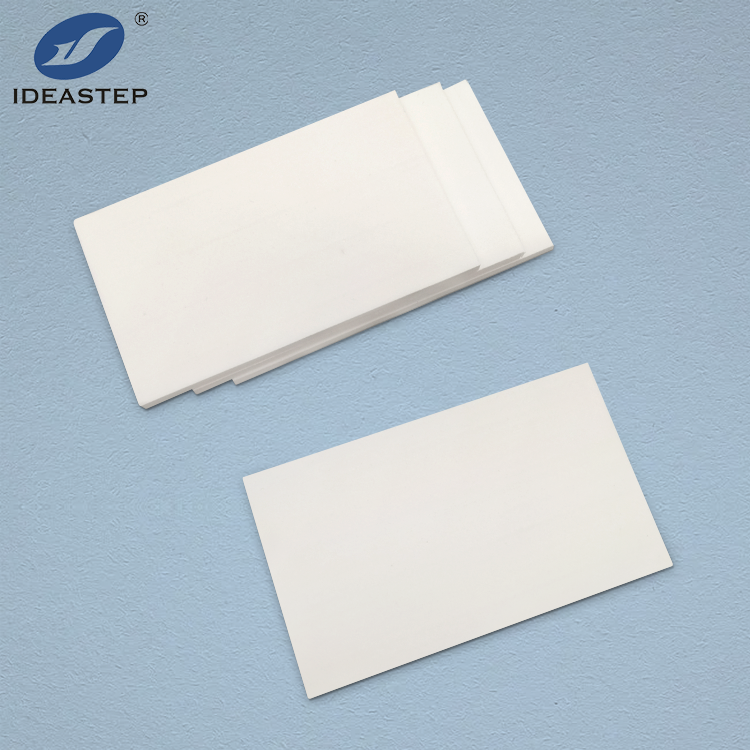Best Practices for Using EVA Rubber Sheets in Industrial Applications
EVA rubber sheets are among the most versatile materials in use today across different applications in many industries. Their durability, flexibility, and resistance to environmental factors make them applied to almost everything, from cushioning to insulation. Be it manufacturing, construction, or any other related industry in application with EVA rubber sheets, understanding the best practices in their use can help gain the most from their performance and elongate the life of your works. Here is how to best use EVA Rubber Sheets in any industrial setup to their best.
Understanding EVA Rubber Sheets
EVA rubber sheets are manufactured from a copolymer of ethylene and vinyl acetate. The blend gives it a unique elasticity and hardness. EVA sheets have a host of advantages — shock-absorbing qualities, impermeability to water, and a far-reaching temperature range. These features recommend them for many industrial applications, which include protective padding and insulation.

How to Choose the Right EVA Rubber Sheet
Choosing the right EVA rubber sheet is very critical to ensure that it can sustain your application’s demands. Here are some of the major factors to consider in choosing:
Thickness and Density
The EVA rubber sheets are available in different degrees of thickness and density. The thicker the sheet, the greater its cushioning properties, but it has reduced flexibility. Thus, the thickness and density should be chosen according to impact resistance and flexibility needs for the particular application.
Color and Finish
The color and finish of EVA sheets can have an effect on its functionality and aesthetics. For slip resistance, where this is important, textured or patterned finishes need to be chosen. If it has to do with appearance, then choose colors and finishes that complement the design requirements of your project.

Temperature and Chemical Resistance
Ensure that the EVA rubber sheet can withstand temperature extremes and the extent of chemical exposure to which it could be exposed. Some of the EVA sheets are treated to improve their resistance to UV rays and chemicals; this is really important in retaining their performance in hostile conditions.
Cutting and Shaping EVA Sheets
Proper cutting and shaping of EVA sheets are very crucial in producing accurate results. Apply the following best practices:
Use the Right Tools
For clean, accurate cuts, use sharp utility knives or a band saw. Dull blades might cause an even finish on the edges and will limit the sheet’s performance.

Measure and Mark
Measure twice and mark your cuts with a ruler and marker for your desired dimensions and to minimize waste.
Avoid Overheating
EVA rubber sheets can become tacky or even melt when exposed to excess heat, so work in a well-ventilated area and prevent material overheating during cutting.
EVA Rubber Sheet Installation
Correct installation is key to the optimal performance of EVA rubber sheets. Here is how:
Surface Preparation
It shall be cleaned and preferably dried up from all forms of dirt, dust, oil, or any other residue prior to the laying of the EVA sheets.
Glue Application
Proper glue, which is EVA rubber compatible, should be used in good quality. The glue has to be spread properly on the surface as well as the backside of the EVA sheet. Application should be made by pressing hard and passing rollers, or squeegees should be used to take out air bubbles and get to full contact.
Sealing Edges
Seal the edges of the EVA sheets with an appropriate sealant to help prevent infiltration of water and increase durability. It avoids the peeling-off-related problems and gives overall better life to the material.

Maintenance and Care
Regular maintenance will help prolong the life of EVA rubber sheets. The following are the guidelines:
Cleaning
Wash EVA sheets on a regular schedule with the use of mild detergents and water. Avoid strong chemicals and abrasive cleaners that may damage the material. For hard-to-clean stains, use a clean cloth or a soft brush.
Inspection
Sheets need to be checked at intervals for wear, damage, and loss of edge retention. Remedial action should be taken at the earliest opportunity to prevent further degradation and to maintain good performance.
Storage
Store EVA rubber sheets in a cool, dry place and away from direct sunlight and high and low temperatures. Proper storage prevents brittleness and discoloration.
Troubleshooting Common Problems
Even with proper handling, there are still problems that may arise. Here’s how to resolve some common issues:
Peeling Edges
This is brought about by not having enough adhesive or poor surface preparation. Apply more adhesive, clean the surface properly, and reinstall.
Bubbling or Bumps
Bubbling or bumps can occur if there is trapped air in your fitment. Cautiously trim and reseal the problem areas to evacuate air and get a smooth surface.
Discoloration
EVA rubber sheets break down over time and turn color. Even though this does not usually get in the way of its functionality, a nice coat will help reduce the coloring change, so the appearance of the sheet can be maintained.
FAQ
Can EVA rubber sheets be used outdoors?
Yes, EVA rubber sheets are used outdoors, but treated for UV resistance and suitable for environmental conditions.
How should I dispose of used EVA rubber sheets?
Dispose off according to local regulations. While most recycling centers do accept EVA materials, it’s always advisable to find information regarding regulations from the local waste management facilities on similar products.
Are EVA rubber sheets repairable in case of damage?
Most of the time, minor damages in EVA rubber sheets can be repaired with an adhesive or sealant. But in the case of major damage, it may require a whole new EVA sheet to be replaced.
